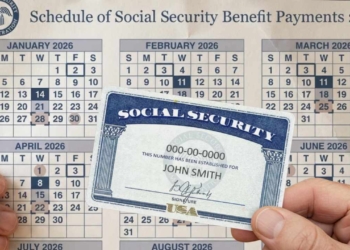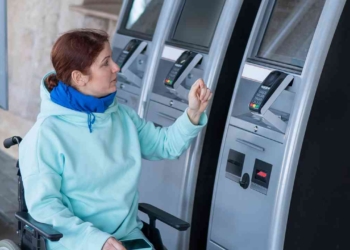October 2025, come with three notable updates to the payment of Social Security Disability Insurance (SSDI) benefits that every recipient should know. The first is the payment schedule, which remains a staggered payout schedule throughout the month. Money will start depositing on Friday, October 3, for the oldest group in the system : those who received benefits before May 1997.
The flow will then follow based on each person’s birthday : those born between the 1st and 10th of the month will receive their money on Wednesday, October 8; those born between the 11th and 20th will get their money on Wednesday, the 15th ; and finally those born between the 21st and 31st will get their money on Wednesday, October 22.
Another change that will impact SSDI benefits
The second change, and perhaps the most discussed, is the maximum payment amount. By 2025, the maximum amount—modified by the Social Security COLA increase—reaches $4,018 per month, a figure that, however, does not reflect the reality of most beneficiaries. This maximum amount only applies to those with an extensive work history and consistently high incomes throughout their careers.
The vast majority of recipients fall far short of this figure, with an average monthly payment of around $1,537, creating a gap of nearly $2,500 between the exceptional case and the common experience.
However, the issue is that the 2026 COLA increase, which is calculated based on the CPI-W cost-of-living index for the third quarter of 2025, is about to be announced. Organizations like The Senior Citizens League estimate that the increase could be closer to 2.8%. This increase applies to SSDI, SSI, and retirement benefits (for living retirees or surviving family members).
Goodbye to paying SSDI by paper check
The third and most important aspect is the definitive disappearance of the paper check. As of September 30, 2025, the Social Security Administration has completely eliminated this form of payment, culminating a transition to electronic payment that had been gradually being implemented.
All recipients should now receive their payments via direct deposit into a bank account or, alternatively, via the Direct Express debit card, designed specifically for those without traditional banking services.
If you haven’t made the transition yet, your payment may be on hold until you begin the process of registering your bank account or applying for your Direct Express card.
You can do this through your My Social Security account or by visiting your nearest Social Security office. Calling is also an option: call 1-800-772-1213, from 8:00 a.m. to 7:00 p.m., Monday through Friday, during your local time zone.







